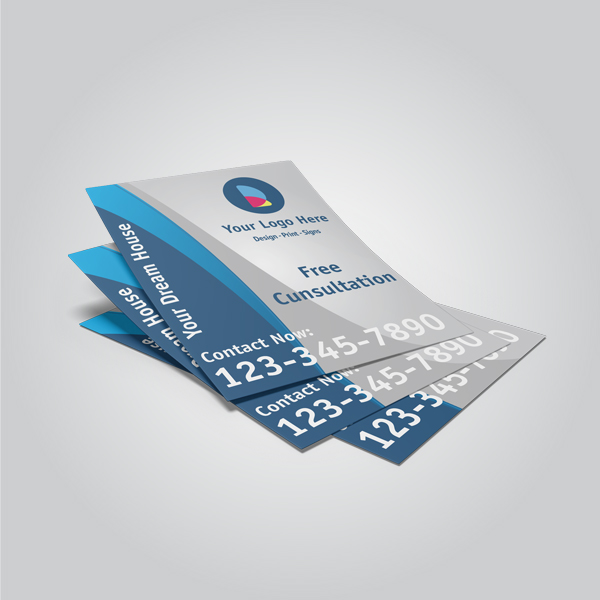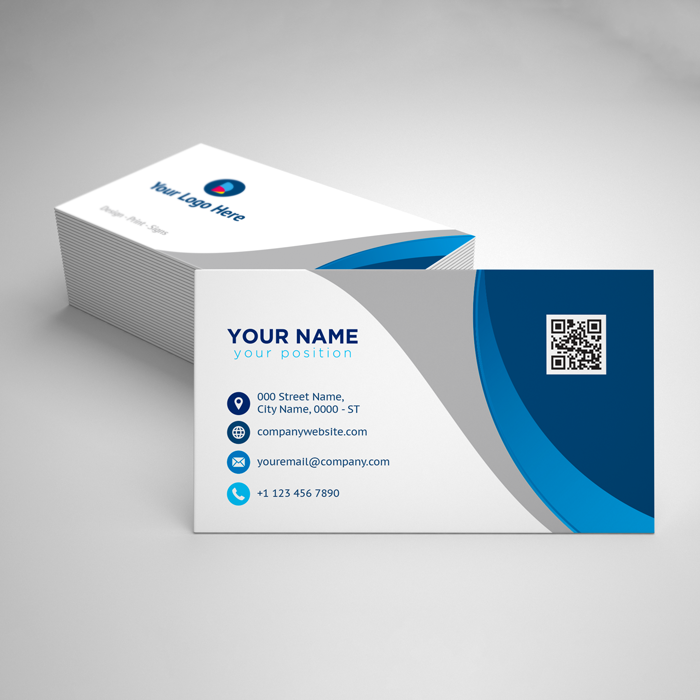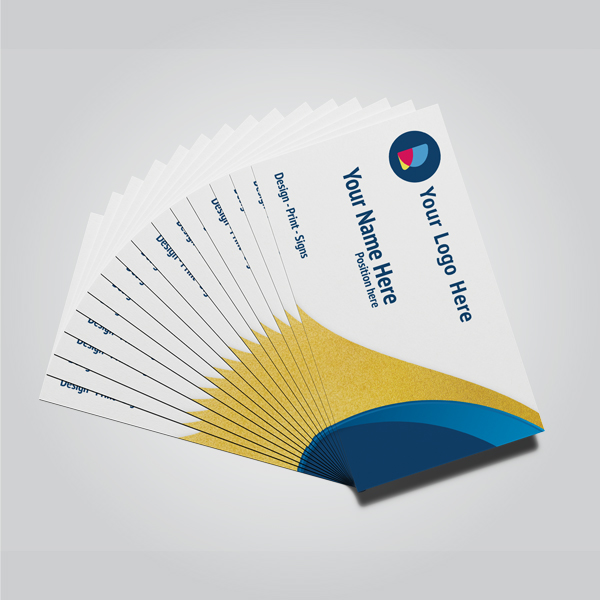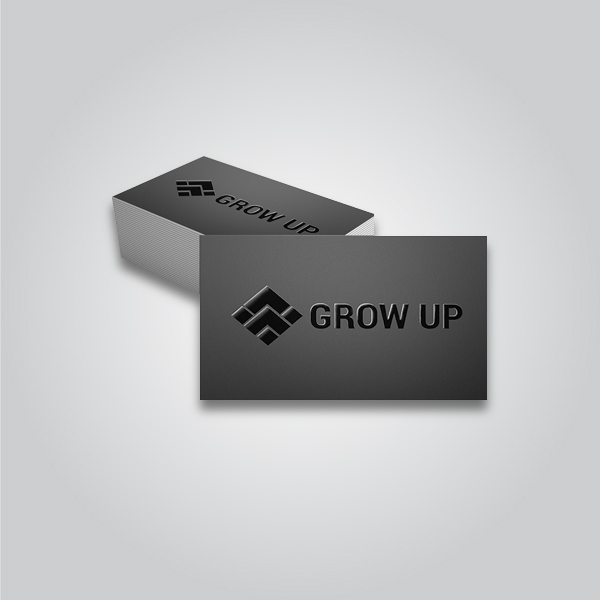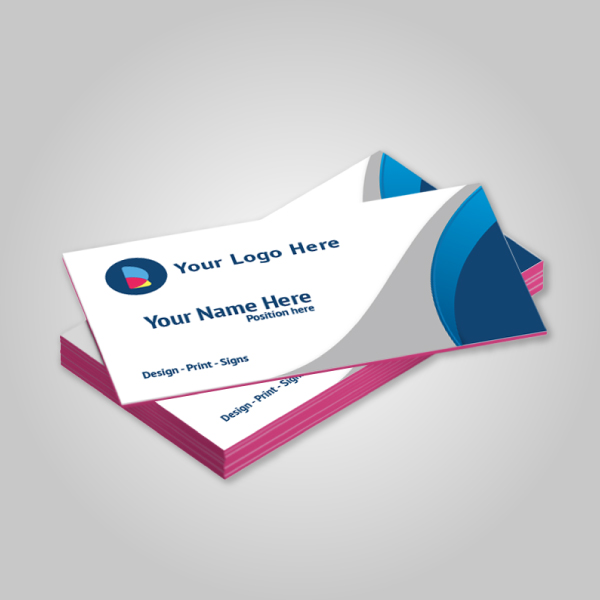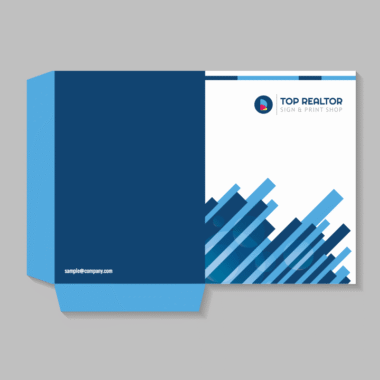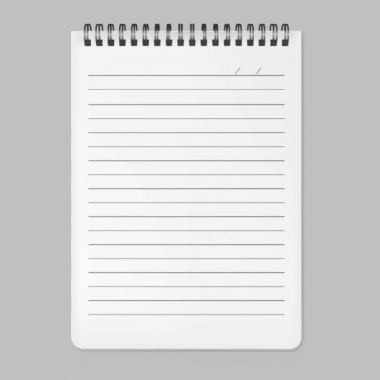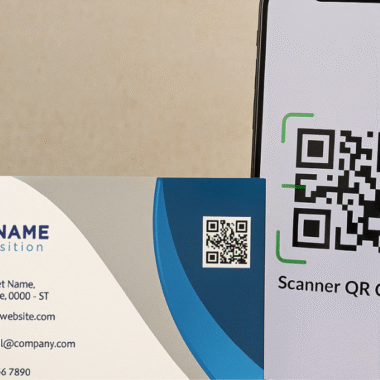In 2023, there are various types of printing technologies available, each with its advantages and disadvantages. Here are some of the most common types of printing:
- Inkjet Printing: Inkjet printing is a popular printing technology that uses tiny droplets of ink to print text and images onto paper. It is commonly used for printing documents, photographs, and graphics. Inkjet printers are affordable and can produce high-quality prints with vibrant colors.
- Laser Printing: Laser printing uses toner powder and a heated fuser to create high-quality prints. It is commonly used for printing large volumes of text-based documents. Laser printers are more expensive than inkjet printers, but they are faster and more efficient.
- Digital Printing: Digital printing is a modern printing technology that uses digital files to print documents and images onto various materials such as paper, fabric, and plastic. It is commonly used for printing marketing materials, packaging, and personalized products. Digital printing is fast, cost-effective, and allows for customization and variable data printing.
- Offset Printing: Offset printing is a traditional printing technique that uses ink rollers and printing plates to transfer ink onto paper. It is commonly used for printing large volumes of high-quality prints, such as books, magazines, and brochures. Offset printing is expensive, but it produces high-quality prints with sharp images and vibrant colors.
- Flexographic Printing: Flexographic printing is a type of printing that uses flexible printing plates and a rotating cylinder to transfer ink onto paper or other materials. It is commonly used for printing packaging materials, such as labels, bags, and cartons. Flexographic printing is fast, cost-effective, and can produce high-quality prints with vibrant colors.
- Screen Printing: Screen printing is a type of printing that uses a stencil or mesh screen to transfer ink onto paper or other materials. It is commonly used for printing textiles, such as t-shirts and tote bags, as well as posters and signage. Screen printing can produce high-quality prints with vibrant colors, but it is a slow and labor-intensive process.
- 3D Printing: 3D printing is a modern printing technology that creates three-dimensional objects from digital files. It is commonly used in manufacturing, prototyping, and product development. 3D printing is a versatile and customizable technology that allows for the creation of complex shapes and structures.
- UV Printing: UV printing is a type of digital printing that uses ultraviolet light to cure (harden) the ink as it is printed onto a substrate. This results in a durable and long-lasting print that is resistant to fading, scratching, and weathering. UV printing is commonly used for printing on materials such as vinyl, metal, glass, and plastic.
- Dye Sublimation Printing: Dye sublimation printing is a digital printing technology that uses heat to transfer dye onto a variety of substrates, such as fabric, metal, and plastic. The dye is vaporized and absorbed into the substrate, resulting in a high-quality print with vibrant colors and high resolution. Dye sublimation printing is commonly used for printing on textiles, such as clothing and banners, as well as promotional items, such as mugs and phone cases.
- Letterpress Printing: Letterpress printing is a traditional printing technology that uses raised metal or wood type to transfer ink onto paper or other materials. It is commonly used for printing high-end invitations, business cards, and stationery. Letterpress printing produces a distinctive and tactile impression on the paper, resulting in a luxurious and elegant print.
- Gravure Printing: Gravure printing is a type of printing that uses a printing cylinder and engraved cells to transfer ink onto paper or other materials. It is commonly used for printing on packaging materials, such as food and beverage packaging, as well as for printing magazines and catalogues. Gravure printing produces high-quality prints with sharp images and vibrant colors.
- Thermography Printing: Thermography printing is a type of printing that uses heat to create a raised, glossy texture on printed text and images. It is commonly used for printing wedding invitations and other high-end stationery. Thermography printing is a cost-effective alternative to engraving or letterpress printing, but it does not produce the same level of detail and depth.
In summary, there are many different types of printing available in 2023, each with its unique advantages and applications. The choice of printing technology will depend on factors such as the type of material being printed, the volume of prints needed, and the desired level of quality and customization. With so many options available, it’s important to carefully consider your printing needs and choose the right technology to achieve the best results.






